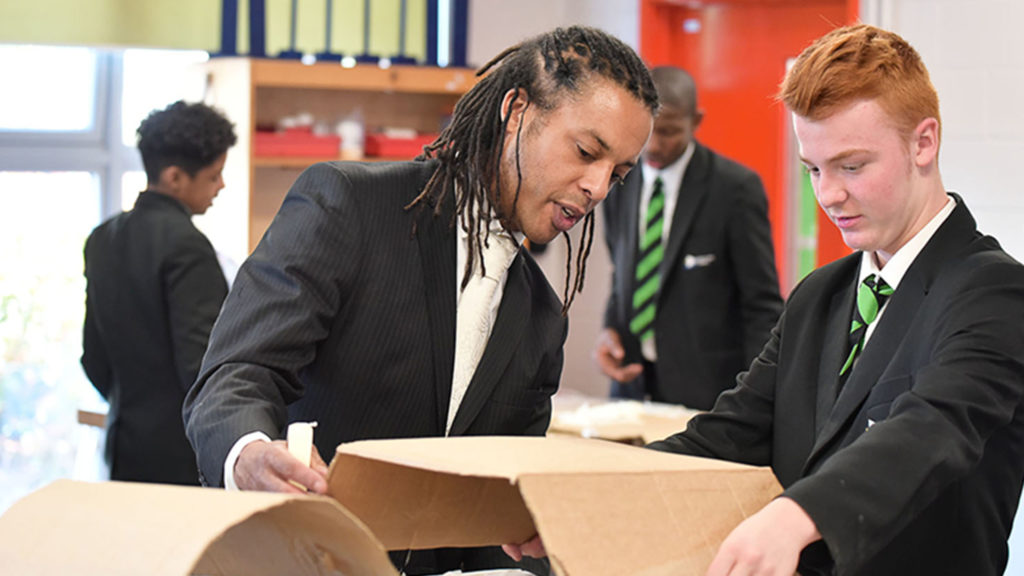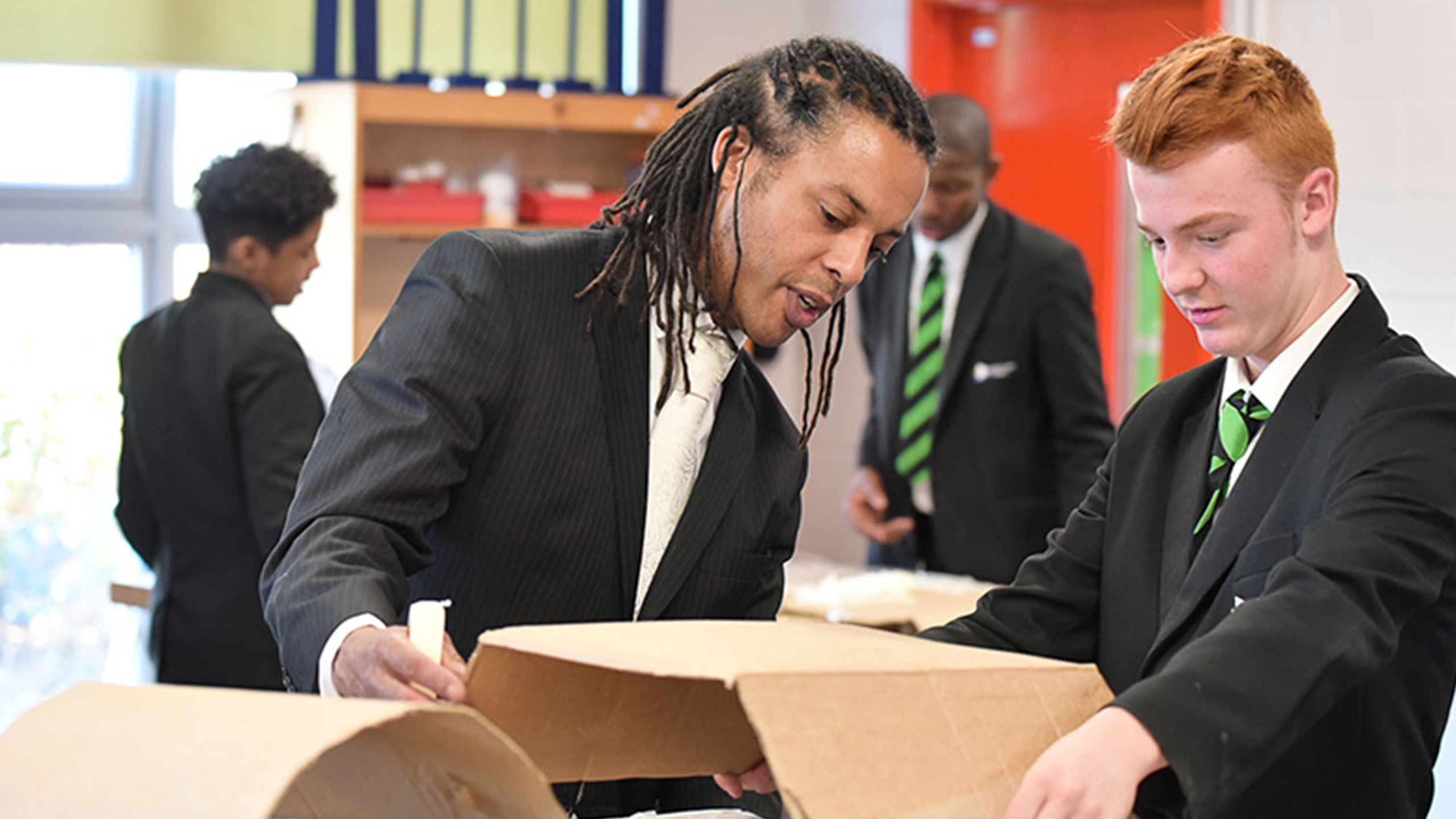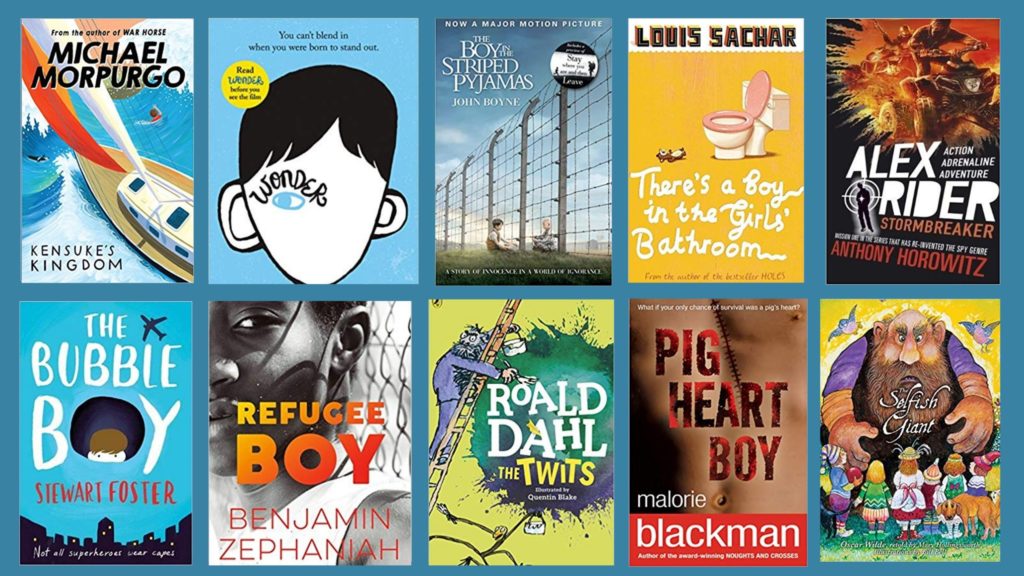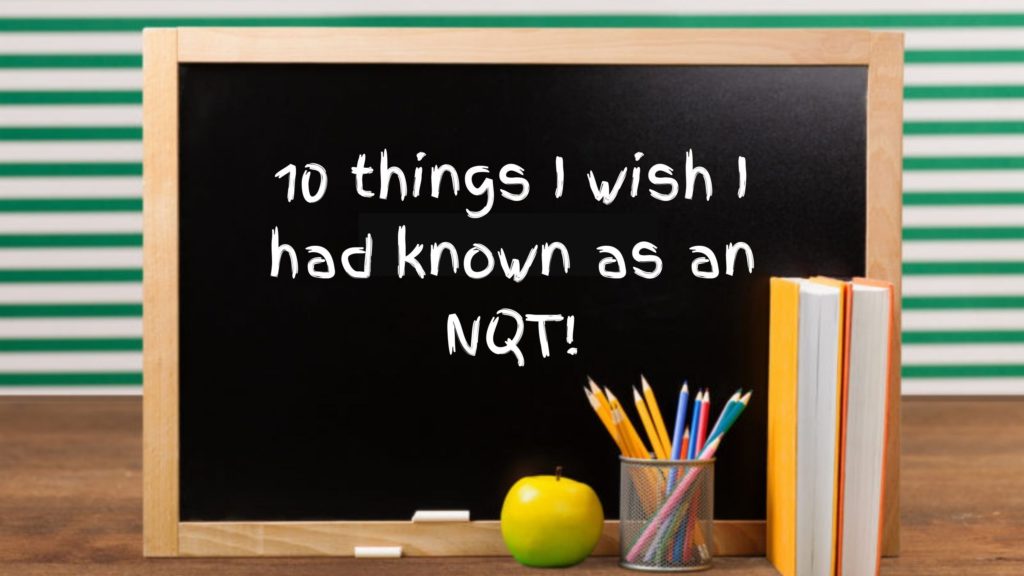How to utilise the mentors in your school

Did you know that many mentors who have completed their teachers training, actually choose not to teach but to support learning instead?
As the story often goes, during our teacher training work placement or first year as an NQT, a bomb goes off and we mentors run; at top speed, from the possibility of losing the love for educating young people and no longer being a ‘one class at a time’ change-maker.
We feared being hindered by the politics of teaching and not ‘living’ the essence, and now Utopian ‘model’ of teaching; you know, the 1970’s TV show The Walton’s, style of teaching, where student welfare, teaching and the community came hand in hand.

Our deepest fear is not that we would be inadequate, but that we would not be powerful beyond measure; demolishing our creativity and passion for teaching (N.B. the use of the word ‘demolishing’ may be an overstatement).
I do not know if you can understand this, but many mentors ‘need’ to be creative in order to survive. Doing what we love IS our oxygen and O2 is the back up.
Unknown to you, your in-house mentor may well be storing a range of ideas that can be used to bring creativity and inclusive learning, ‘fearlessly’ into the classroom.
So, if you have ‘teachers block’, a term I use for teachers who ‘lose the ability to produce new work or experience a creative slow down. This condition ranges in difficulty from coming up with original ideas to being unable to produce new… schemes of work, lesson plans and slideshows for years (NB. definition part taken from Wikipedia), network with your mentors, consult their creative minds and inquiry about their expertise in youth engagement.
If, like more and more schools you no longer have a mentoring department or team, I have rounded up some of my best ‘creative solutions to improving engagement’’ suggested to teachers throughout my 15-year mentoring career.
N.B. 1 – You may have to conjure up the courage to implement the below suggestions
Disclaimer N.B. 2 – You may have to practice below suggestions until you have made perfect.
- Allow each of your willing students to choose a lesson they can be responsible for leading and teaching rest of the class.
- Change the layout, colour or sound of the classroom. You’d be surprised how effective teaching circles, colour themes and playing jazzy Hip-hop instrumentals (or hip hop meets classical music) can be.
- Ask the much-loved class or school dance troupe to create a quality performance to interpret a scientific hypothesis or mathematical equation.

- Get the class poet or comedian to describe a technological advance or piece of English text.
- Embed basketball into maths, calligraphy into English literature or take a trip to a maze to demonstrate the complexities of building careers or making healthy life choices.
- Use your smartphone to film student – teacher talk show vlogs or podcasts, on topics that would be otherwise ‘yawnnn’ boring.
- Ask an online influencer with extensive knowledge or awareness of a subject topic, to share their expertise, thoughts or experience with your class. If you could do this your students would be ‘gassed’ (Gased? meaning? Google it!)
- Develop a subject Alumni with past students who excelled in your subject and create a schedule for them to share their tips, understanding or use of a topic in the real world via a face to face discussion or via video call.
- Arrange for GCSE students to act as peer assessors at the end of term for a lower year group.
- Schedule a healthy, positive and rejuvenating distraction during your lesson by playing a viral video related to the topic. This could well be the tool that sharpens your class focus.
In this new age of learning, implementing informal and creative teaching ideas such as the above, are often discussed but rarely used. And this is a shame, especially as all educators know that the use of creative teaching strategies can engage all abilities, inspire diverse perspectives, consolidate knowledge, skills and understanding … and (equally important) earn that well deserved respect you have secretly been yearning for.
“Have a little faith in creativity, indulge yourself in teaching students the way they learn and show us ‘wannabe teachers’ what we’ve been missing.”
You see, developing ‘creative respect’ among your students should not be ignored as it should be an essential tool in your ‘Student Centered Teaching Tool Kit’.
In a world where young people access more information per minute than we as adults and educators ever could. The break from your traditional classroom setting will undoubtedly increase productivity in the classroom, inspire lifelong learning, disprove stereotypes and raise the heads of those who either too cool for school or know too much for school!
Better still you will model to your students how to get creative with their independent studies.
Who knows you might just spark a revolution in teaching, and encourage tens of thousands of mentors, the Knowledge Holders of Student Engagement (a desperately needed yet often compromised skill) to resolve the secondary school teacher shortage and reconsider a refreshing, invigorating career as a student centered teacher.








Responses